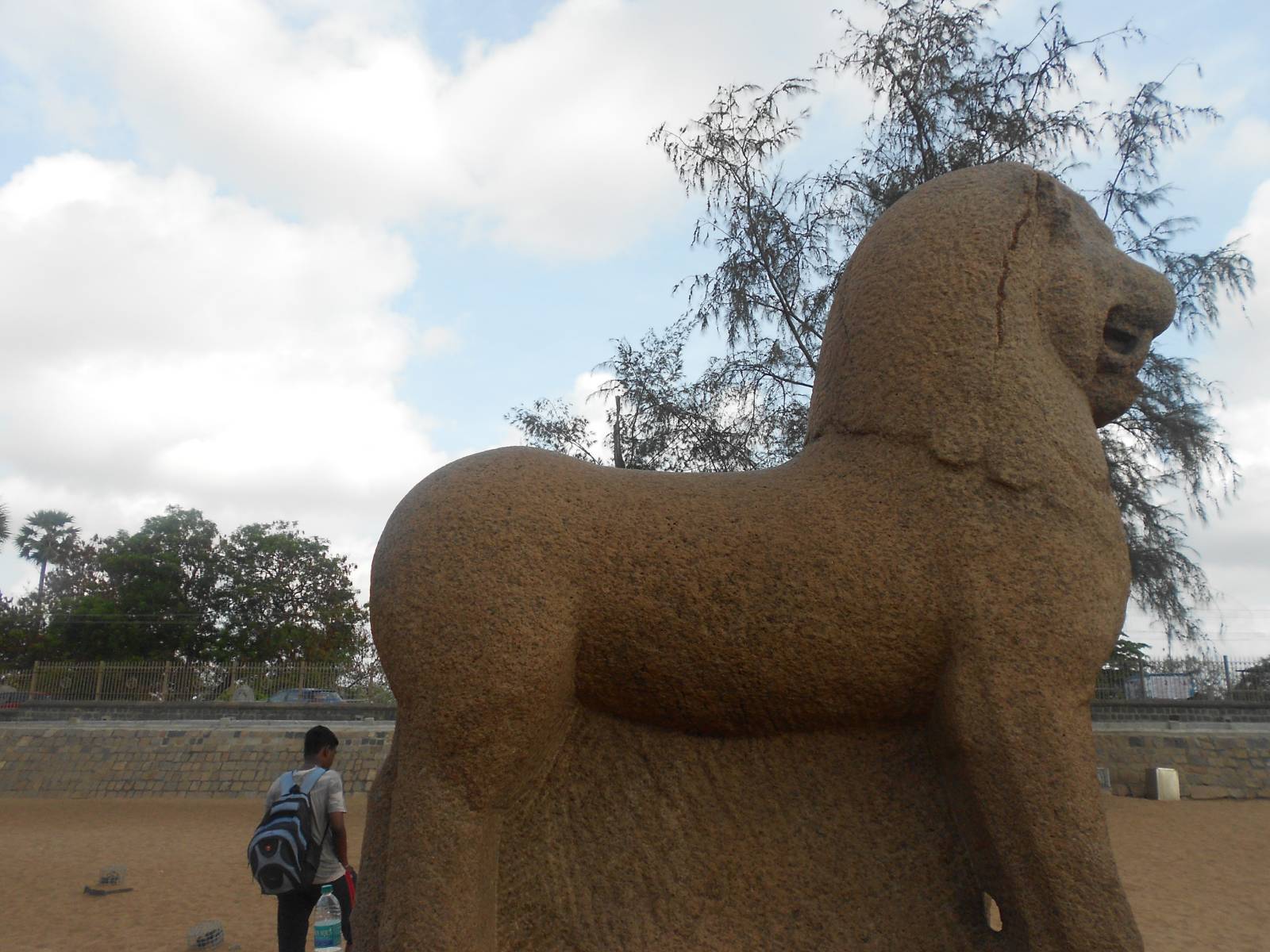August 10th is marked as World Lion Day.
India is home to the Asiatic lion. In fact, India is the only country in the world that has all the four species collectively known as “Big Cats” – lion, tiger, cheetah, and leopard.

Here are some cool lion facts
Lions are the only big cat species to have a mane for males. Lionesses, on the other hand, do not have a mane.

A group of lions is called a pride. It has one male leader called the alpha male. Lionesses stay with the pride for their life. Male lions have to leave the pride on reaching maturity or challenge the alpha male for dominance of the pride.

While everyone is scared of the lion, flies are the exception. They often land on the skin or faces of lions. Lions have to use their tails to swat flies!
Lions prefer to live in grasslands, not in dense jungles.
Asiatic lions are smaller than African lions. They also have a smaller mane. This means that their ears are visible at all times. There is a fold of skin that runs along the stomach – this fold is not found in African lions.

The Gir National Park in Gujarat is the only national park to have Asiatic lions. There are about 700 lions in this park. There are only 23,000 African lions in the wild. They are extinct in as many as 26 African nations.
According to IUCN, lions are listed as Vulnerable, and their population is said to be decreasing.
The scientific name of lion is Panthera leo.
The zodiac sign called Leo is named after a lion shaped constellation in the sky.

Sher – Lion, is a first name in India that literally means lion and denotes brave. Singh, the surname of all Sikhs, means “lion” and denotes bravery. Singh is also a popular surname in other parts of India. This means that lion as a symbol of bravery is deeply entrenched in the cultural consciousness of India. In Indian folktales, including Panchatantra, the lion appears as the ‘King of the jungle’. One of the first stories in the first section (Mitrbhed) talks about friendship between the bull and the lion.
When Buddhist scholars came to India, they were very impressed by the grandeur of lions. They went back and described these magnificent creatures with curly hair and bushy brows. Since there were no lions in China, the sculptors made their statues based on these descriptions. This original template was then followed for centuries. This is why all statues of lions in East Asia look like the ones below.

